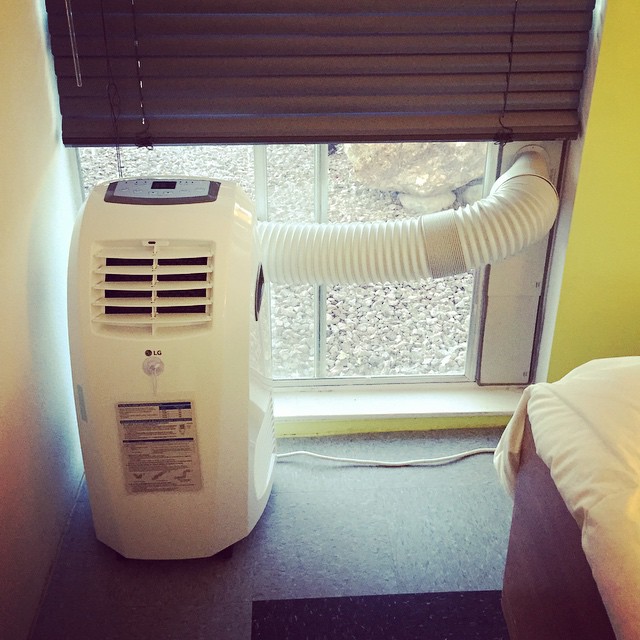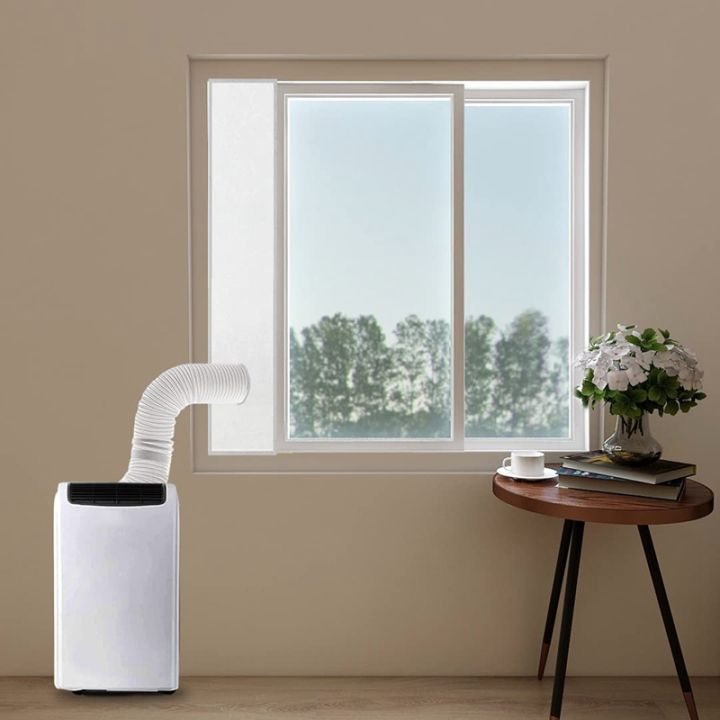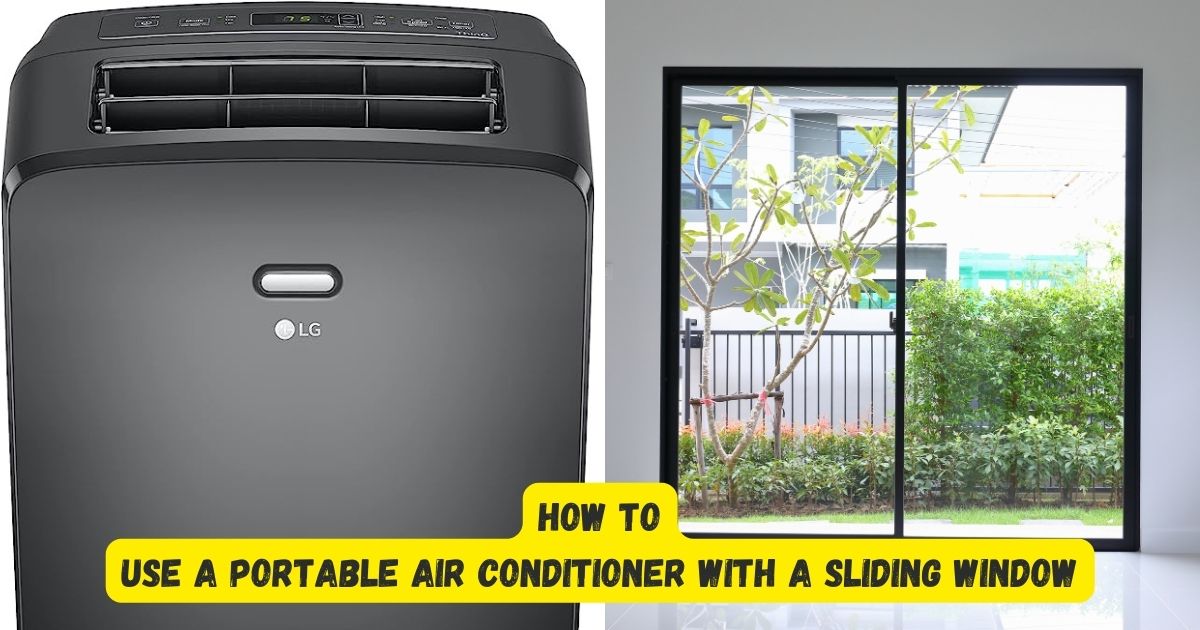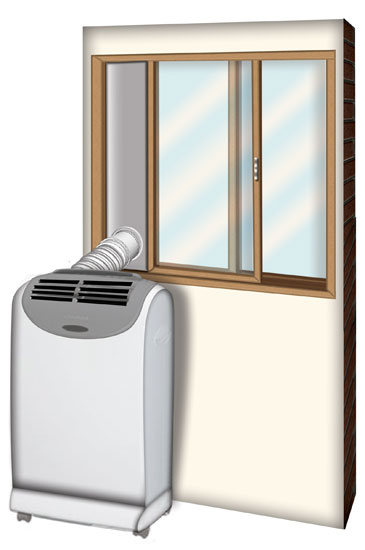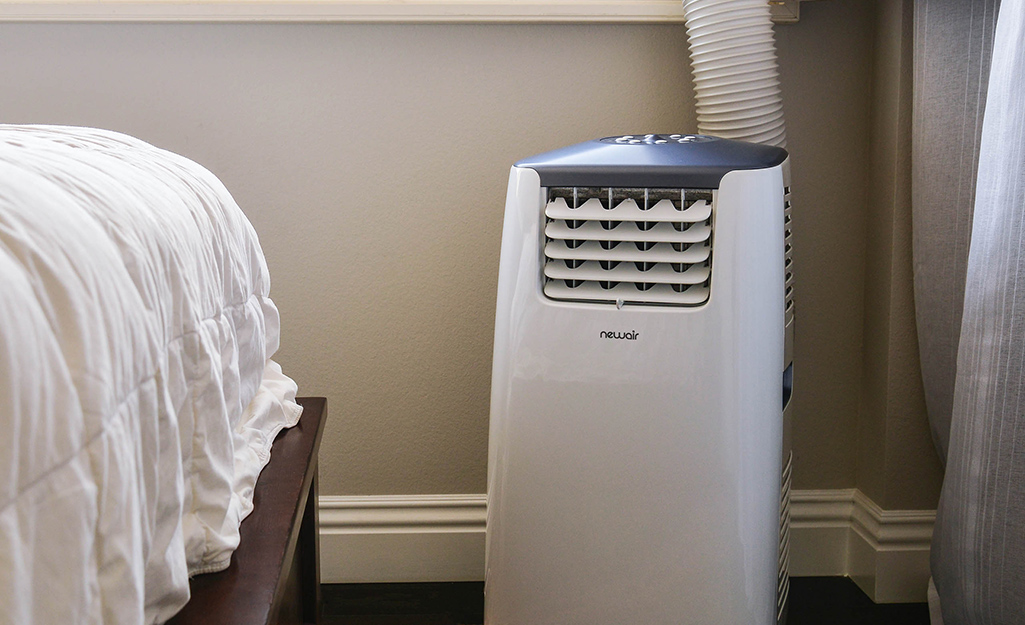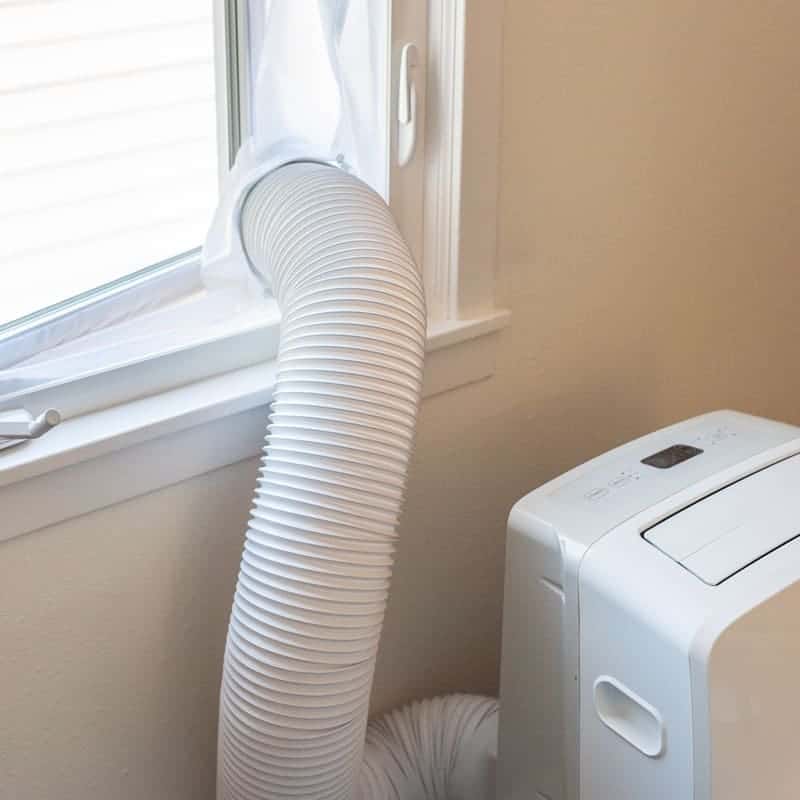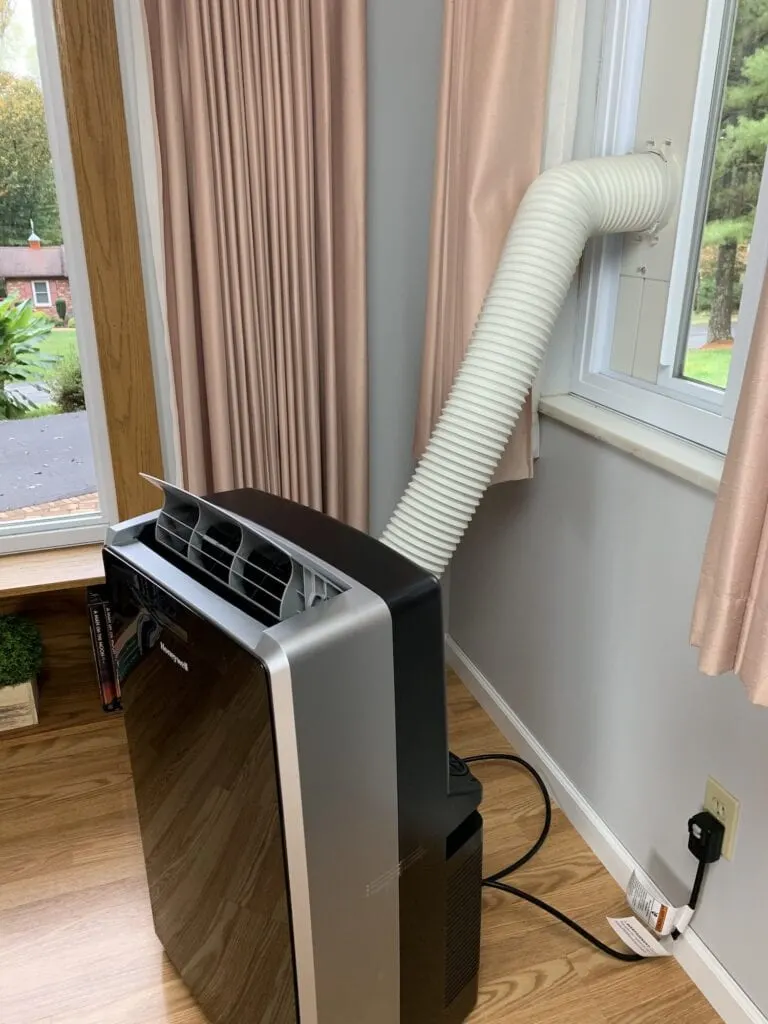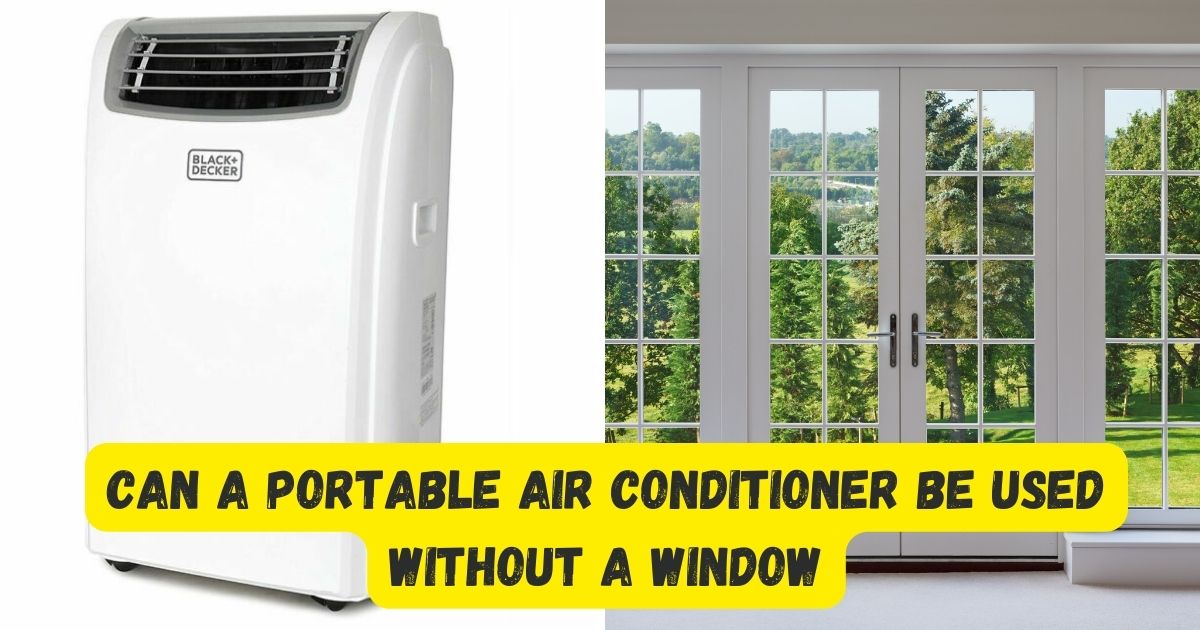Do You Need A Window For A Portable Air Conditioner
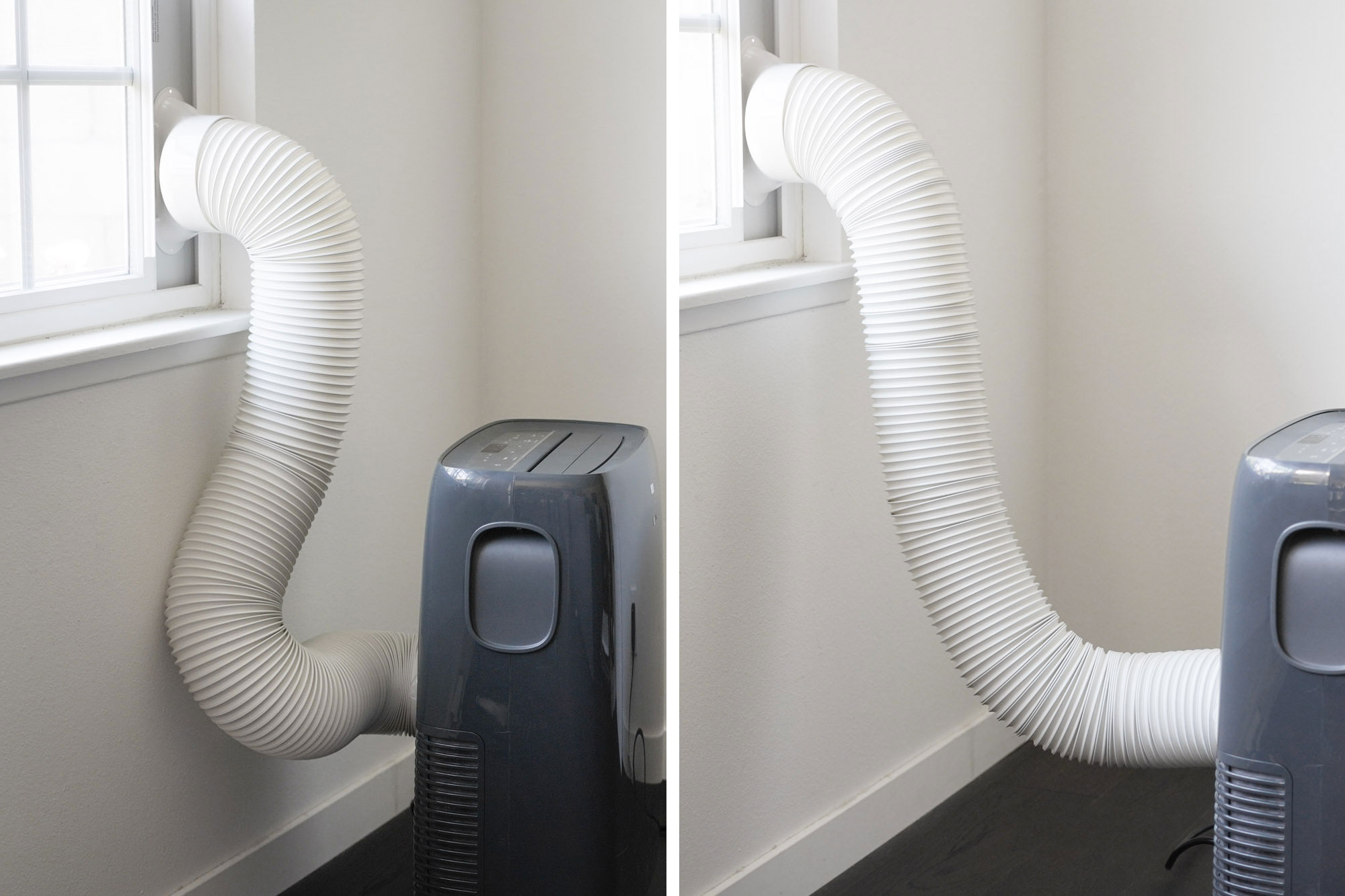
As summer heat intensifies, portable air conditioners are becoming increasingly popular as a flexible cooling solution. However, a persistent question plagues potential buyers: do these units actually need a window for proper operation? Understanding the mechanics and requirements of portable air conditioners is crucial before investing in one.
This article explores the necessity of windows for portable air conditioners, clarifying how these devices function and whether alternatives exist. It examines the core operating principles, different venting methods, and the implications for energy efficiency and cost. The information presented aims to empower consumers with the knowledge needed to make informed decisions about their cooling needs.
How Portable Air Conditioners Work
Portable air conditioners cool a room by drawing in warm air, cooling it using refrigerant, and then expelling the cooled air back into the room. This process, however, generates hot air as a byproduct. This hot air must be vented outside to prevent it from negating the cooling effect.
The fundamental principle behind portable air conditioners dictates that they require a method for expelling this hot air. Without proper venting, the unit will struggle to cool the room effectively, and may even increase the room's overall temperature.
The Window Venting Kit
The most common method for venting hot air from a portable air conditioner is through a window. Standard portable air conditioners typically come with a window venting kit. This kit usually includes an adjustable panel that fits into the window opening and a hose that connects the unit to the panel.
This allows the hot air to be ducted directly outside. The window kit creates a relatively sealed barrier, minimizing the amount of outside air that enters the room.
Installing a window venting kit is generally straightforward. However, some adjustments may be needed depending on the type of window (sliding, casement, etc.).
Alternative Venting Options
While windows are the most common venting point, alternative options exist, though they may not be as efficient. These include venting through a wall, a sliding door, or even a drop ceiling.
Wall venting requires creating a permanent opening in the wall. This method provides a more discreet and secure venting solution. However, it also entails a more involved installation process.
Venting through a sliding door is similar to window venting. It involves using a wider panel to accommodate the door opening. Venting through a drop ceiling typically leads to an attic or similar space, which is generally not recommended due to potential heat buildup in those areas.
The Importance of Proper Venting
Proper venting is crucial for the efficiency and effectiveness of a portable air conditioner. Without adequate venting, the unit will work harder to cool the room, consuming more energy.
Inefficient venting can lead to higher electricity bills and a reduced lifespan for the air conditioner. It can also compromise the unit's ability to maintain a comfortable temperature.
Moreover, improper venting can create negative pressure within the room, potentially drawing in hot air from other areas of the house. This can further diminish the cooling effect and increase energy consumption.
"Windowless" Portable Air Conditioners: A Misnomer?
Some products are marketed as "windowless" portable air conditioners. These are usually evaporative coolers, also known as swamp coolers. These differ significantly from traditional refrigerant-based portable air conditioners.
Evaporative coolers cool air through the evaporation of water. They do not require venting in the same way as traditional air conditioners. However, they are most effective in dry climates and can actually increase humidity in already humid environments.
It is essential to distinguish between evaporative coolers and refrigerant-based portable air conditioners. The latter invariably requires some form of venting to function properly.
Impact on Energy Efficiency and Cost
The efficiency of a portable air conditioner is directly related to the effectiveness of its venting system. A well-sealed and properly installed venting system minimizes heat leakage and maximizes cooling efficiency.
Poorly vented units consume more energy. Consequently, they increase electricity bills and add to the overall cost of operation. Investing time and effort in ensuring proper venting can result in significant energy savings over the long term.
Consumers should also consider the BTU (British Thermal Units) rating of the air conditioner. This should be appropriate for the size of the room being cooled, to avoid overworking the unit.
Conclusion
In conclusion, while the term "portable" suggests convenience and flexibility, it's crucial to recognize that refrigerant-based portable air conditioners inherently require a venting solution. This is most commonly achieved through a window, but alternative methods exist. Understanding this fundamental requirement and investing in proper venting is essential for maximizing cooling efficiency, minimizing energy consumption, and ensuring the longevity of the unit. Therefore, the answer is yes: you need a window, or another way to vent hot air, for a standard portable air conditioner to work effectively.
